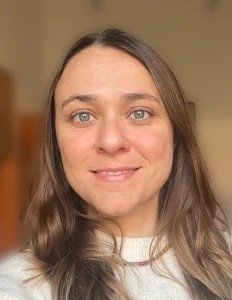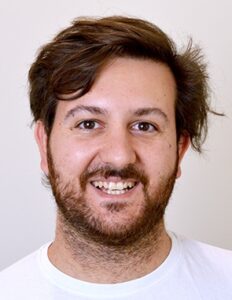Joint laboratories
IOCB has decided to expand its research capacities in several strategic fields and technologies by establishing joint research laboratories in collaboration with key university partners and other research institutes.
The first example of this policy is the Chemical Recycling of Plastic Waste and Sustainable Polymers laboratory, headed by Dr. Stella Gonsales and established in January 2024 in collaboration with UCT Prague.
In October, the laboratory Membrane Structures Dynamics headed by Dr. Mattia Morandi was established in collaboration with the International Institute of Molecular Mechanism and Machines, Polish Academy of Sciences (IMol).
In November 2024, a new joint laboratory Cell Biology was launched in collaboration with the Faculty of Science at Charles University and is headed by Dr. Jakub Abramson.

Gonsales Lab – Chemical Recycling of Plastic Waste and Sustainable Polymers
The group is focused on the development of efficient methods and catalysts for the depolymerization of commodity polymers, as well as for the synthesis of degradable polymers. Through the use of organometallic chemistry and mechanistic investigations, the researchers aim to explore highly active catalysts and develop efficient systems to break down polymers back into their monomeric form or into added-value compounds. Targeting mainly the use of cheap metal sources, they develop catalysts able to copolymerize polar and non-polar monomers to yield polymers with in-chain polar units towards more degradable and functional materials.

Morandi Group – Laboratory of Membrane Structure Dynamics
The group focuses primarily on understanding the impact of membrane domains, particularly tetraspanins, on the extracellular vesicle (EV) lifecycle using a methodical workflow of identifying, dissecting, and reassembling membrane components, elucidating their role in EV biogenesis, cargo delivery, and pathological alterations. The goal is to provide a foundational atlas of protein functions within EVs, offering insights into evolutionary biology, disease progression, and the potential for engineering EV-like carriers for therapeutic purposes.



